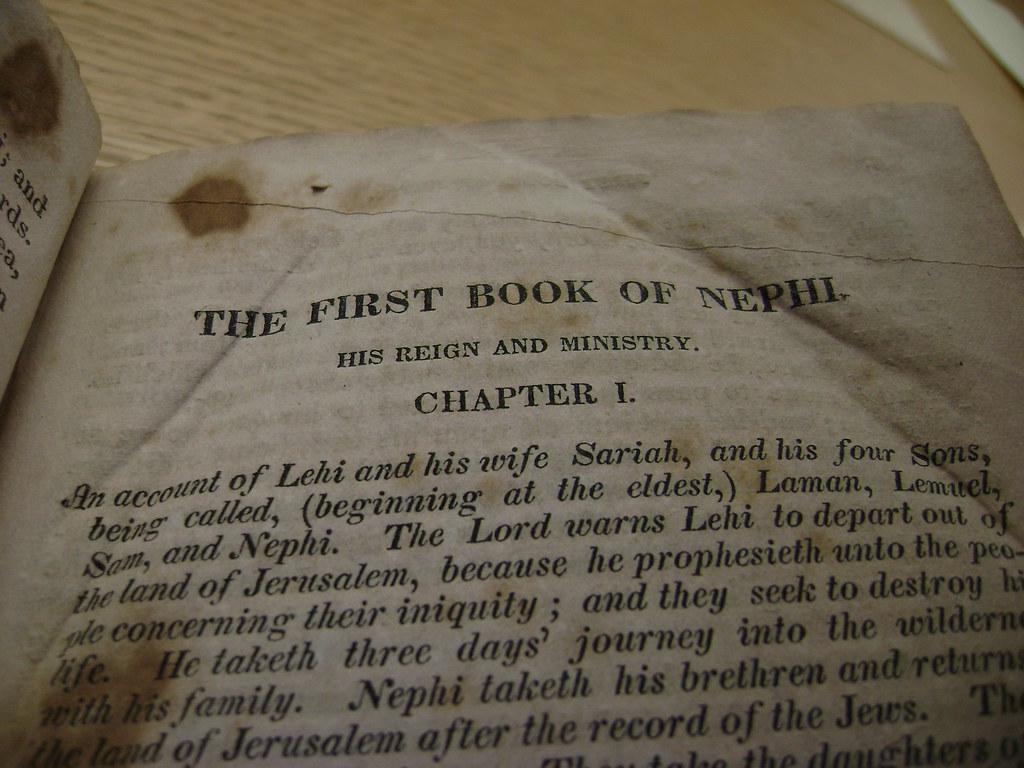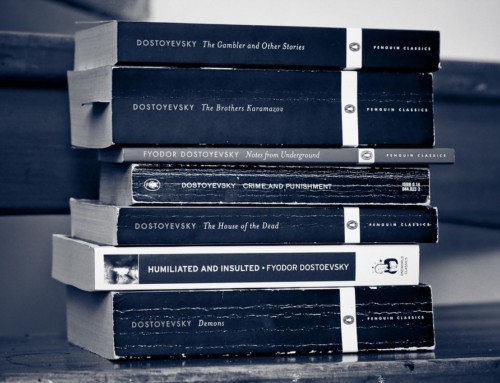It’s pretty risky business for an author to flesh out a story that her audience thinks it already knows. This is the task Mette Harrison set out for herself when the wrote The Book of Laman.
The book cover looks just like the Book of Mormon, and every Mormon knows that Nephi is the hero in the B of M’s first chapters, while older brother Laman is the cranky, jealous laggard that the family would have done well to leave behind in Jerusalem.
But Harrison gives Laman a chance to tell his side of the story.
Other authors have tried the same, with a comic touch, and I might have preferred reading them over Harrison.
In Book of Laman, Harrison cobbles up a Lehi who failed his oldest sons, so there we have the seeds of their resentment.
Her Sariah, Lehi’s wife, is curiously two-dimensional in this era when we’re all trying harder to flesh out the traditionally ignored characters.
And Harrison’s version of Nephi is so righteous that he misses the mark by a wide mile.
Which brings us to Laman. To pull this off, the author needs to make him sympathetic, the kind of fellow who gives up his seat in the Jerusalem version of a bus. But he still has to beat up Nephi now and then. The switch between these two sides of our anti-hero come out of nowhere. Laban feels strangely passionless.
Oh, well, at least we get to meet the wives of all these brothers.
Harrison tells her personal story in the afterword, helping the reader understand why her Nephi is such a prig.
Book of Laman ultimately disappointed me. Laman finally got his chance at the mic, yet I feel like I still haven’t heard from the man.
Photo credit: zoovroo on Visualhunt.com / CC BY-NC-ND







Leave A Comment